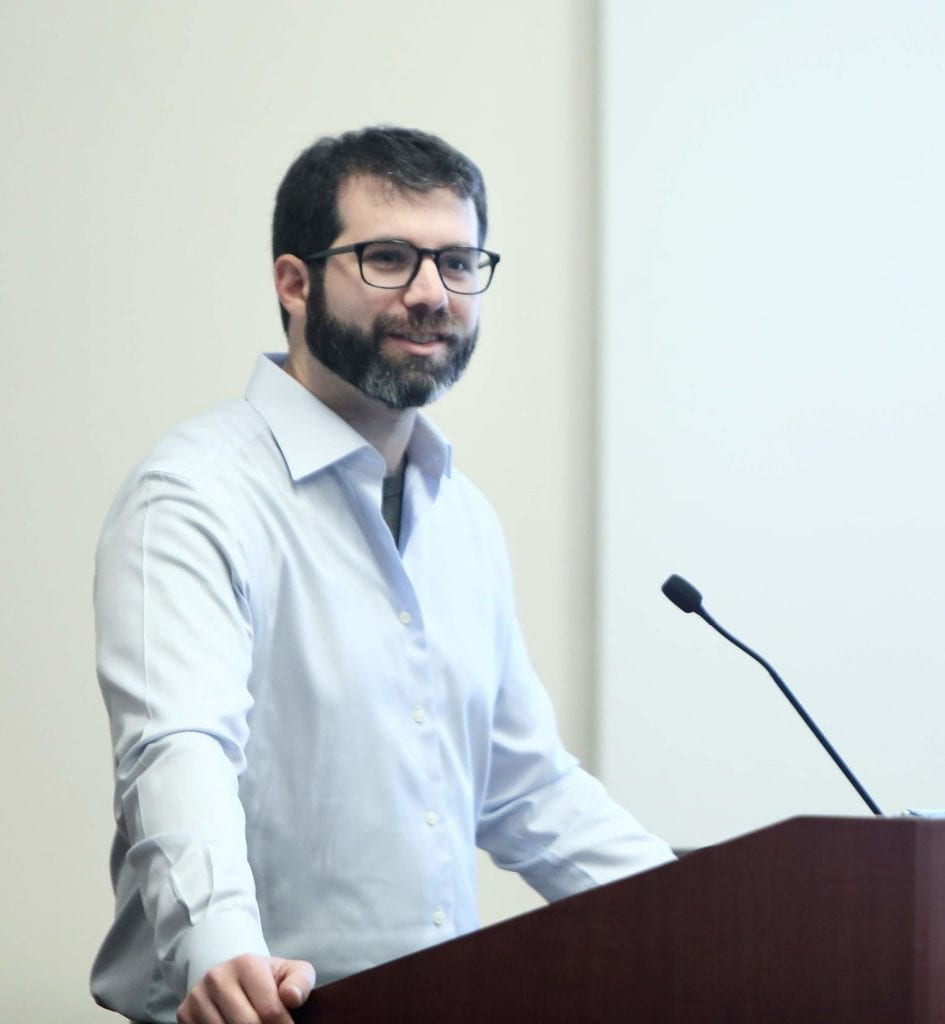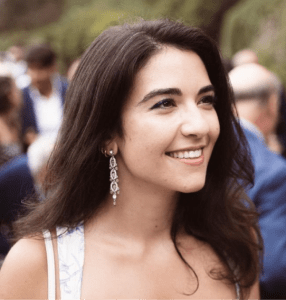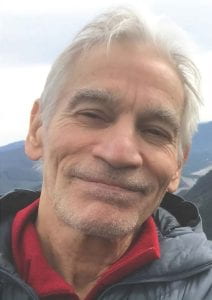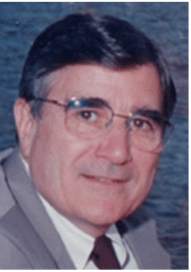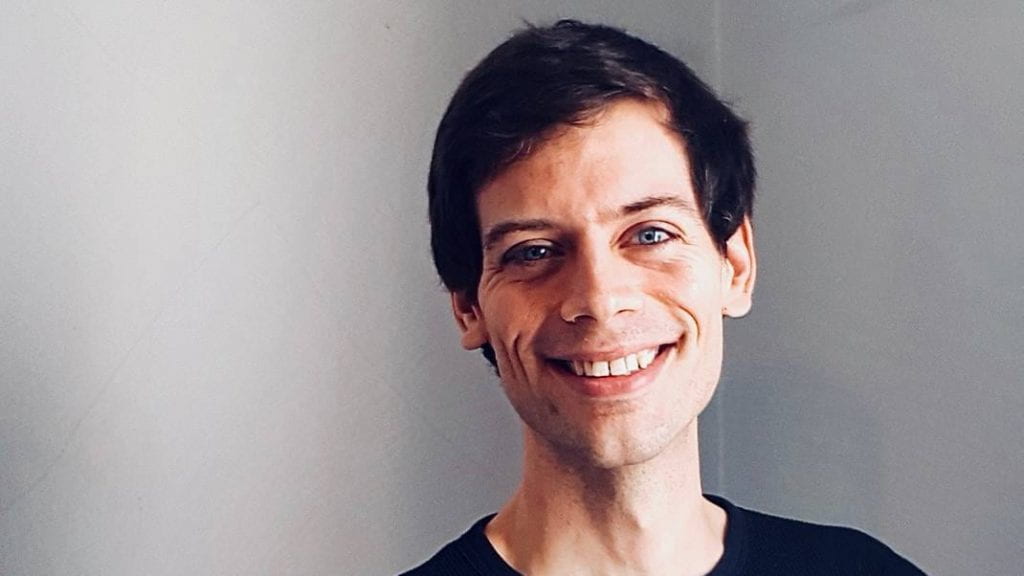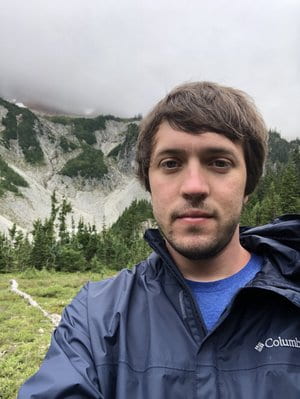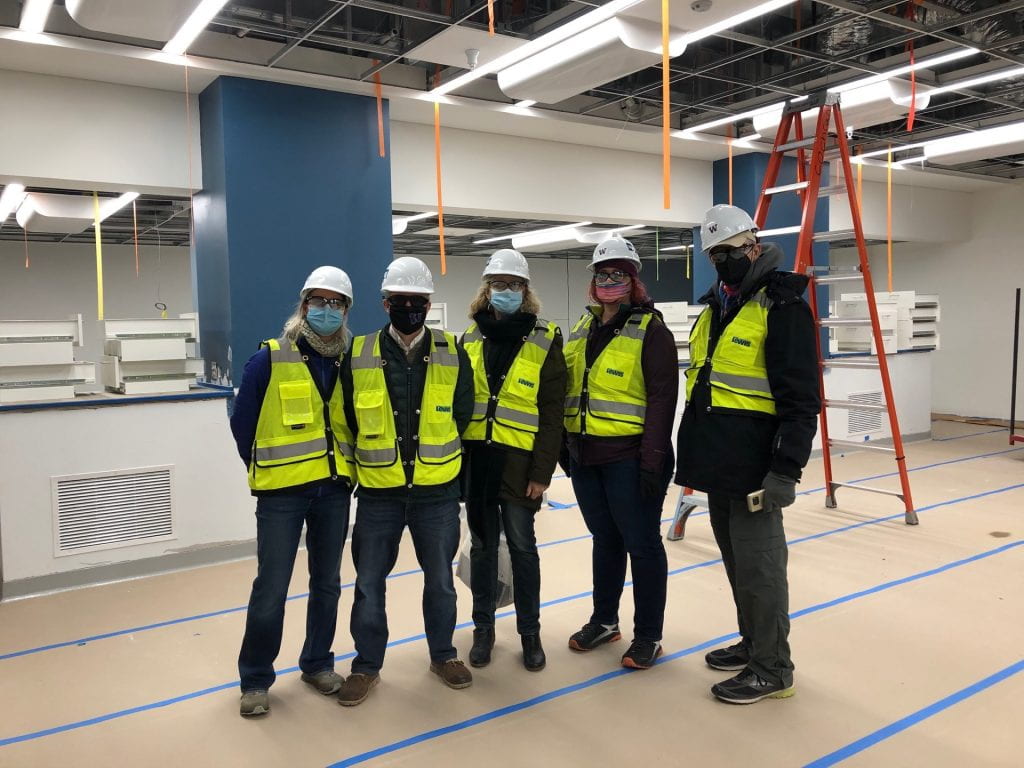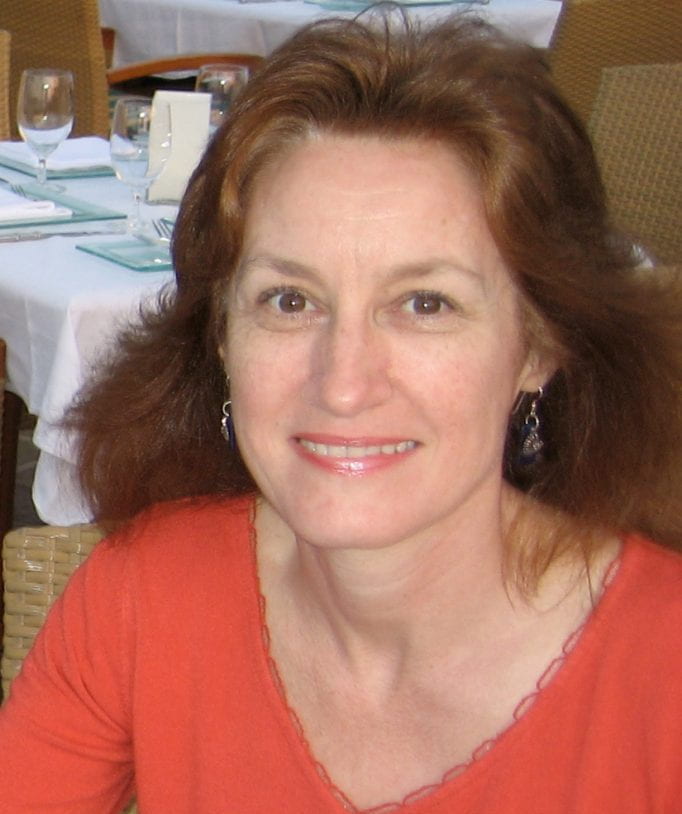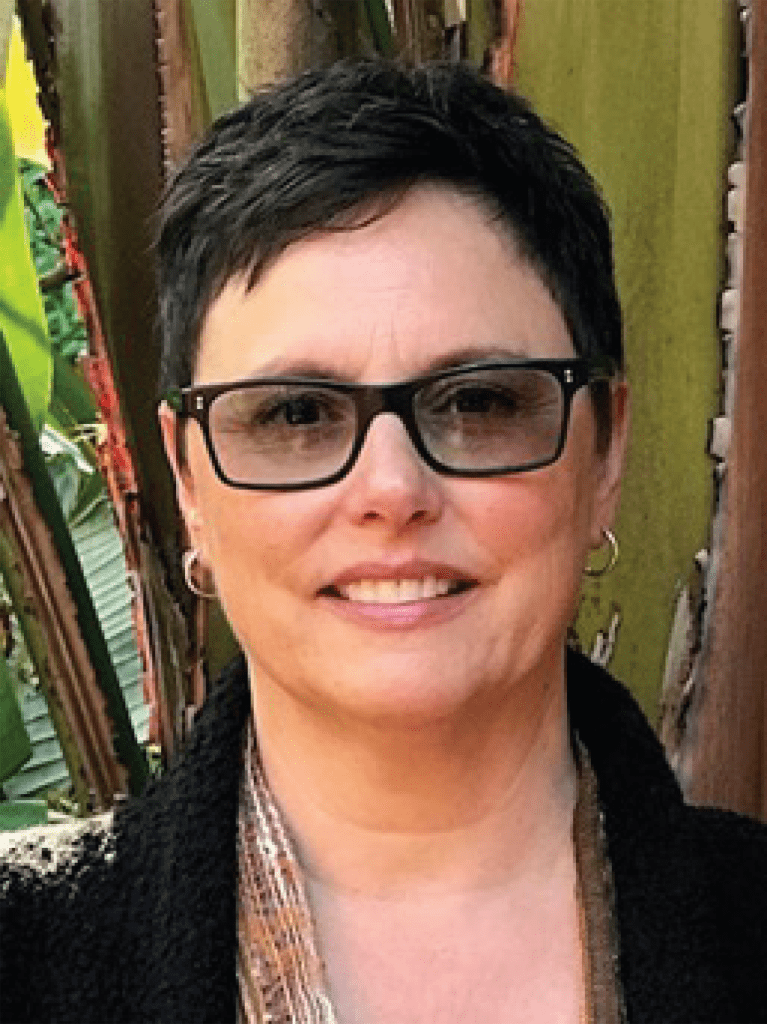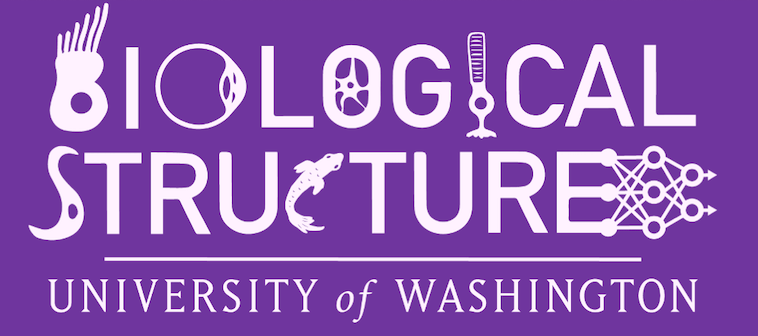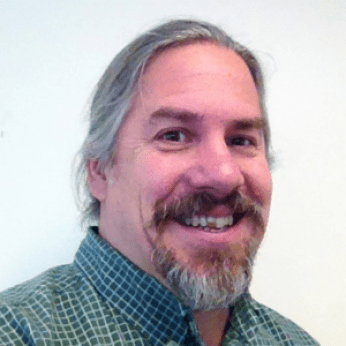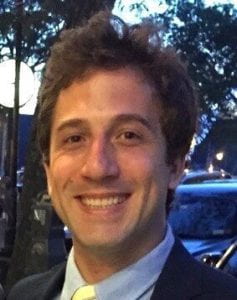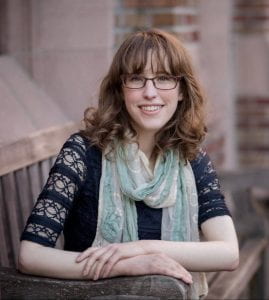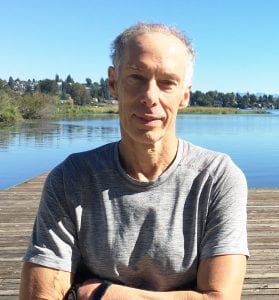|
OCTOBER 16, 2023 Three faculty have been selected as the inaugural cohort of the Washington Research Foundation – Ronald S. Howell Distinguished Faculty Fellowship
Sam Golden, Assistant Professor in the Department of Biological Structure, member of the UW Center for Excellence in the Neurobiology of Addiction, Pain and Emotion. Congratulation, Sam! |
|
|
SEPTEMBER 28, 2023 The George Gomori Award from The Histochemical Society
Dr. Denis Baskin, a Joint Professor Emeritus of our department, has been awarded the George Gomori Award from The Histochemical Society, which recognizes outstanding contributions to the field of histochemistry and cytochemistry.
Congratulations on receiving this honor Dr. Baskin! |
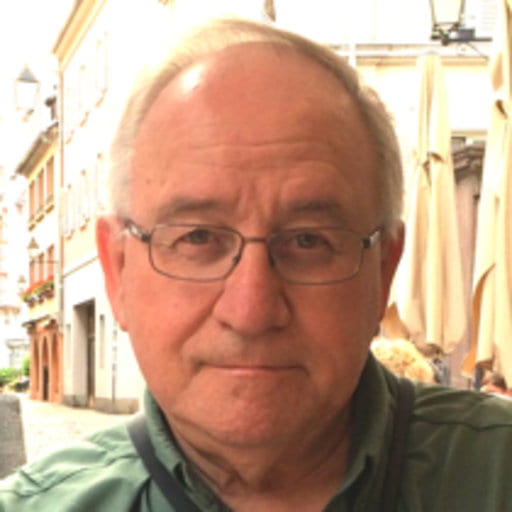 |
|
SEPTEMBER 22, 2023 Dr. Rachel Wong has been selected as the 2023 Boynton Lecturer
Rachel has made numerous contributions to vision science and has a stellar mentoring and training record. She is currently Professor and Chair of the Department of Biological Structure at the University of Washington in Seattle. She was a Paul Allen Distinguished Investigator, and is a Fellow of the National Vision Research Institute, a recipient of the ARVO Friedenwald award and the B.B. Boycott Prize, and is a member of the National Academy of Sciences. Rachel’s research centers on the development of the neural retina, using a diversity of tools including multi-electrode arrays, single-cell patch-clamp techniques, and advanced imaging. This combination has provided an unprecedented view of how the highly specific synaptic connectivity that subserves retinal function is established and maintained and how it reacts to damage.
“Wiring specificity and plasticity of the vertebrate retina”
Congratulation, Rachel!
|
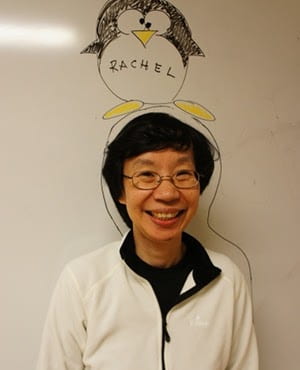 |
|
SEPTEMBER 20, 2023 Annual Biological Structure Retreat
Our department held its first in person retreat since 2019 on Sept. 14th at the Center for Urban Horticulture. Again, gathered amongst the beautiful plantings and blissful gardens our department blossomed, featuring exciting talks by trainees, some fertile treats from the Diversity committee, and a great talk from Dr. Sheri Mizumori (Bio Str Retreat 2023). Thanks to all who took the time to participate!
Thank you to the Retreat Planning Committee: |
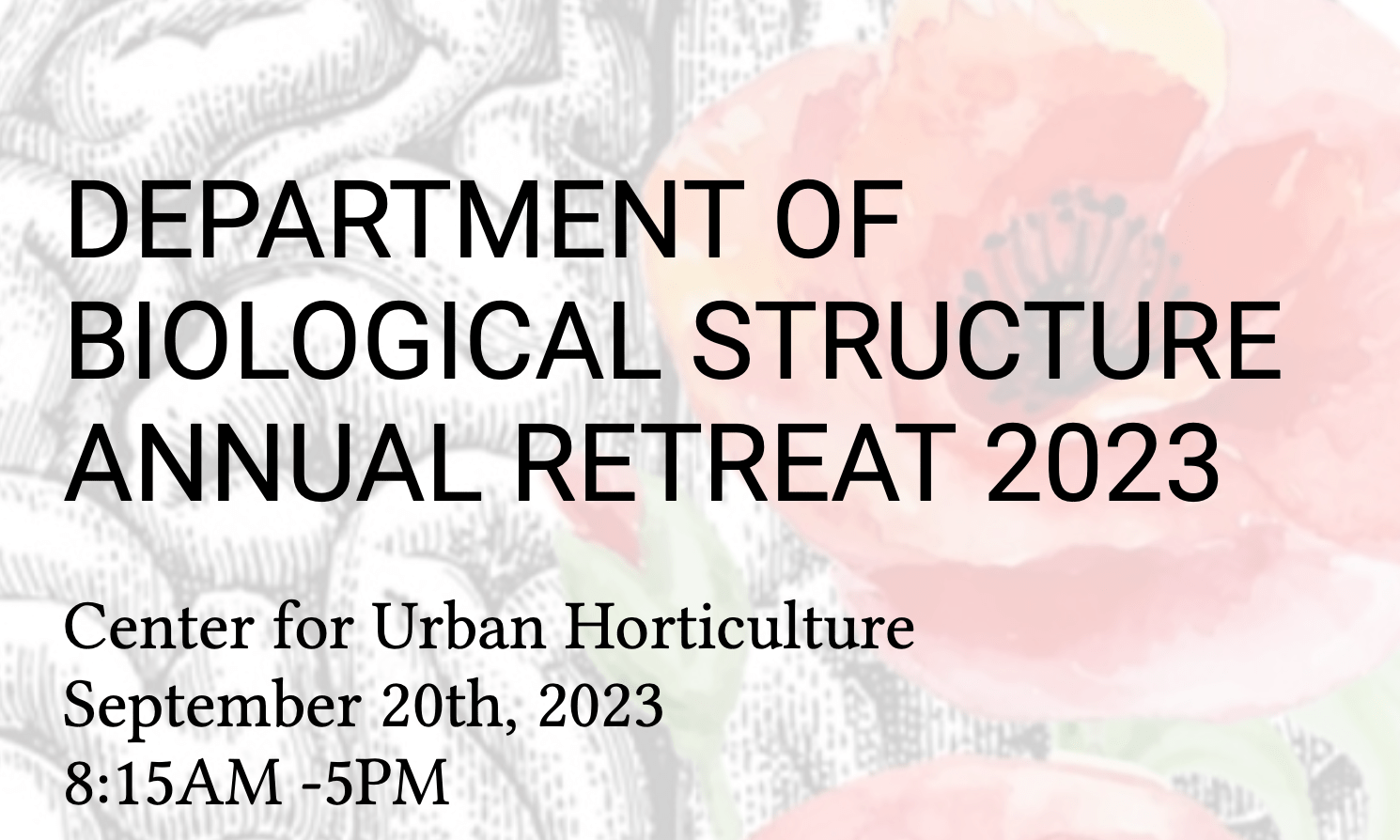 |
|
SEPTEMBER 7, 2023 Congratulations to the 2023-2025 Weill Neurohub Fellows
Congratulations to the 2023-2025 Weill Neurohub Fellows, Marina Pavlov (Reh Lab) and Carlee Toddes (Golden Lab)! We are very proud to have you in our department and wish you every success!
Read about Weill Neurohub here 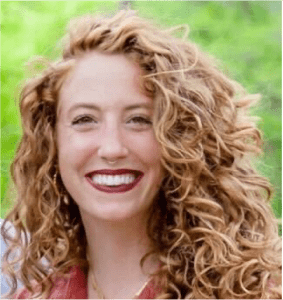 |
|
APRIL 28, 2023 Do people and monkeys see colors the same way?
Summary: Some nerve cells circuits for colour vision are uniquely human, shows a new study led by Yeon Jin Kim and Dennis Dacey from the University of Seattle Washington, and including Save Sight researchers Ulrike Grünert and Paul Martin. Using a fine-scale electron microscopic reconstruction method, they compared the connections of colour-coding receptor cells in the retinas of humans with two species of non human primates (macaque and marmoset monkeys). They discovered that a short-wave sensitive (“blue”) cone circuit in humans is absent in marmosets, and is also different to the circuit seen in macaque monkey. The distinct connections of human retina may indicate recent evolutionary adaptations for sending enhanced colour vision signals from the eye to the brain. The study was published this week in the Proceedings of the National Academy of Sciences of the USA.
Significance statement: Do humans and monkeys see colours the same way? In a collaboration with University of Washington in Seattle, Save Sight Researchers compared connections of colour-transmitting nerve cells in the eyes of humans and two monkey species. They found that nerve cells signalling short wavelengths (blue colours) in humans have connections that are absent in monkeys. The results imply that humans could perceive a greater range of blue tones than monkeys do.
|
 |
|
FEBRUARY 3, 2023 SCIENCE IN MEDICINE (2022-2023 Lecture Series)
Title: “Enlisting Glial Cells for Self-Repair in the Nervous System:It’s
When: 11 AM – 12 PM, Thursday, February 9, 2023 Where: Zoom link: zoom: https://washington.zoom. |
|
|
SEPTEMBER 19, 2022 APPLICATION FOR TRAINEE AWARDS
The goal of the William and Lucille Clark Fund is to create and support novel opportunities for development, implementation, and networking on innovative scientific research for trainees in the Department of Biological Structure. William and Lucille Clark were committed to service and kindness. They believed that education contributes novel solutions to complex problems in society and health. The challenges in their lives included the great depression, World War II, and the death of their six year old son. The Clark Fund seeks to support promising projects that can assist with the success of future generations of scientists and educators. It is a small attempt to honor their memory. Awards will help support graduate student and post-doctoral trainees in Biological Structure laboratories to participate in workshops, conferences, and programs that enhance and accelerate the research, education and professional experience in the basic science of biomedical problems and technology. Examples include Workshops at NIH on Computational Neuroscience; Summer courses at the Friday Harbor Laboratories; the Marine Biological Laboratory in Woods Hole, Mass; Cold Springs Harbor Laboratories in Cold Springs Harbor, NY; Gordon Conferences; or scientific collaborations where travel is necessary to conduct research at other institutions. To apply, please click this link. |
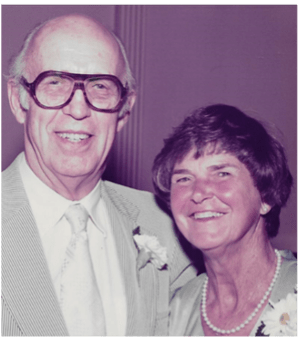 |
|
SEPTEMBER 14, 2022 Annual Biological Structure Retreat
Our department held its first in person retreat since 2019 on Sept. 14th at the Center for Urban Horticulture. Gathered amongst the leafy plantings and blissful gardens our intrepid department blossomed from a Covid winter to some great science, featuring exciting talks by new faculty in both Biological Structure and Physiology and Biophysics, some fertile treats from the Diversity committee, postdocs at the peak of their growth, a grove of posters, and finally a beautiful talk from Dr. Beth Buffalo on how space and memory can intertwine in a theory of hippocampal function in the primate brain (Bio Str Retreat 2022). Thanks to all who took the time to participate!
Thank you to the Retreat Planning Committee: Vaibhav Thakur, Krystyna Wieczerzak, Susan Taylor, Yeon Jin Kim, Dennis Dacey |
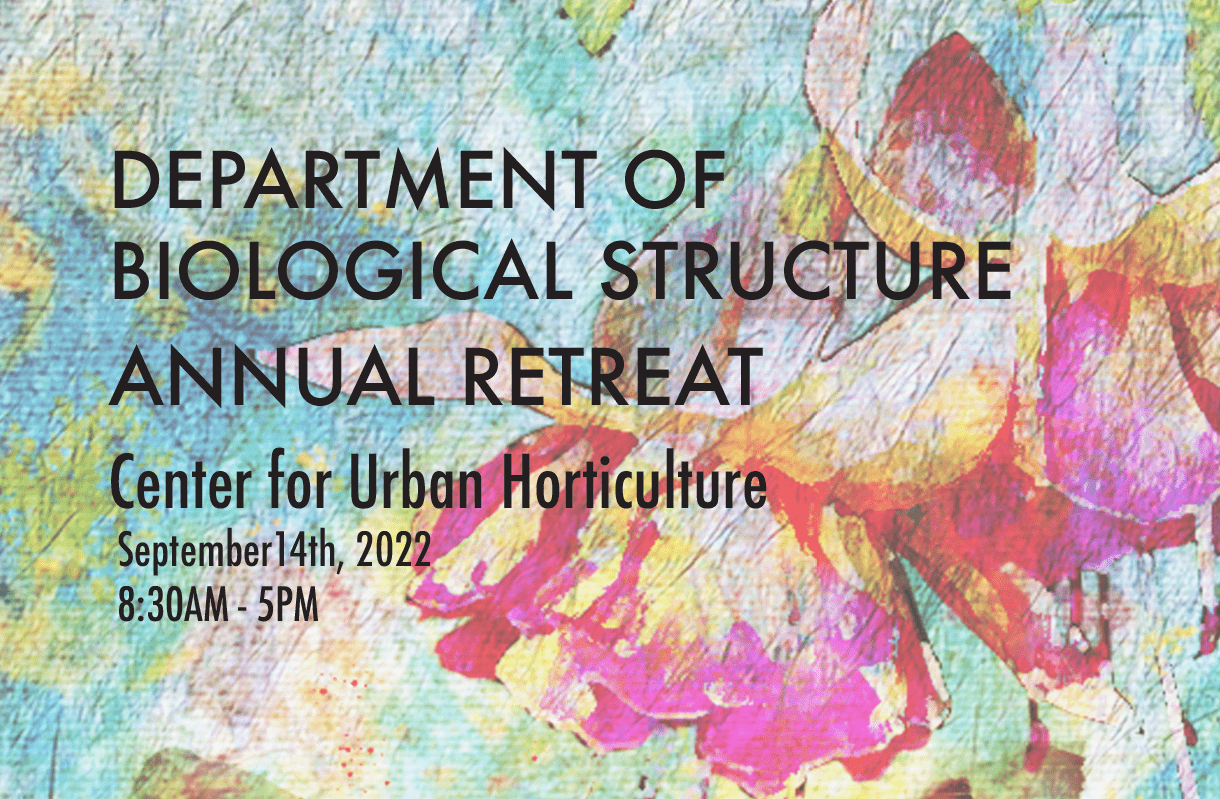 |
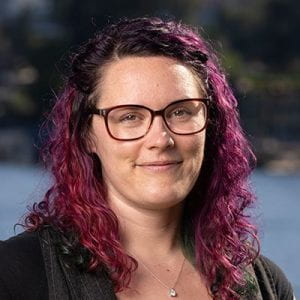 Mentor: Thomas A. Reh, PhD 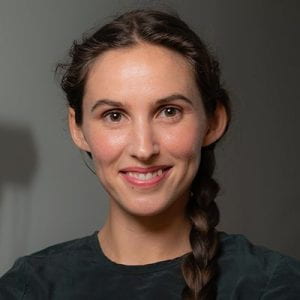 Mentor: Nicholas Steinmetz, PhD
|

